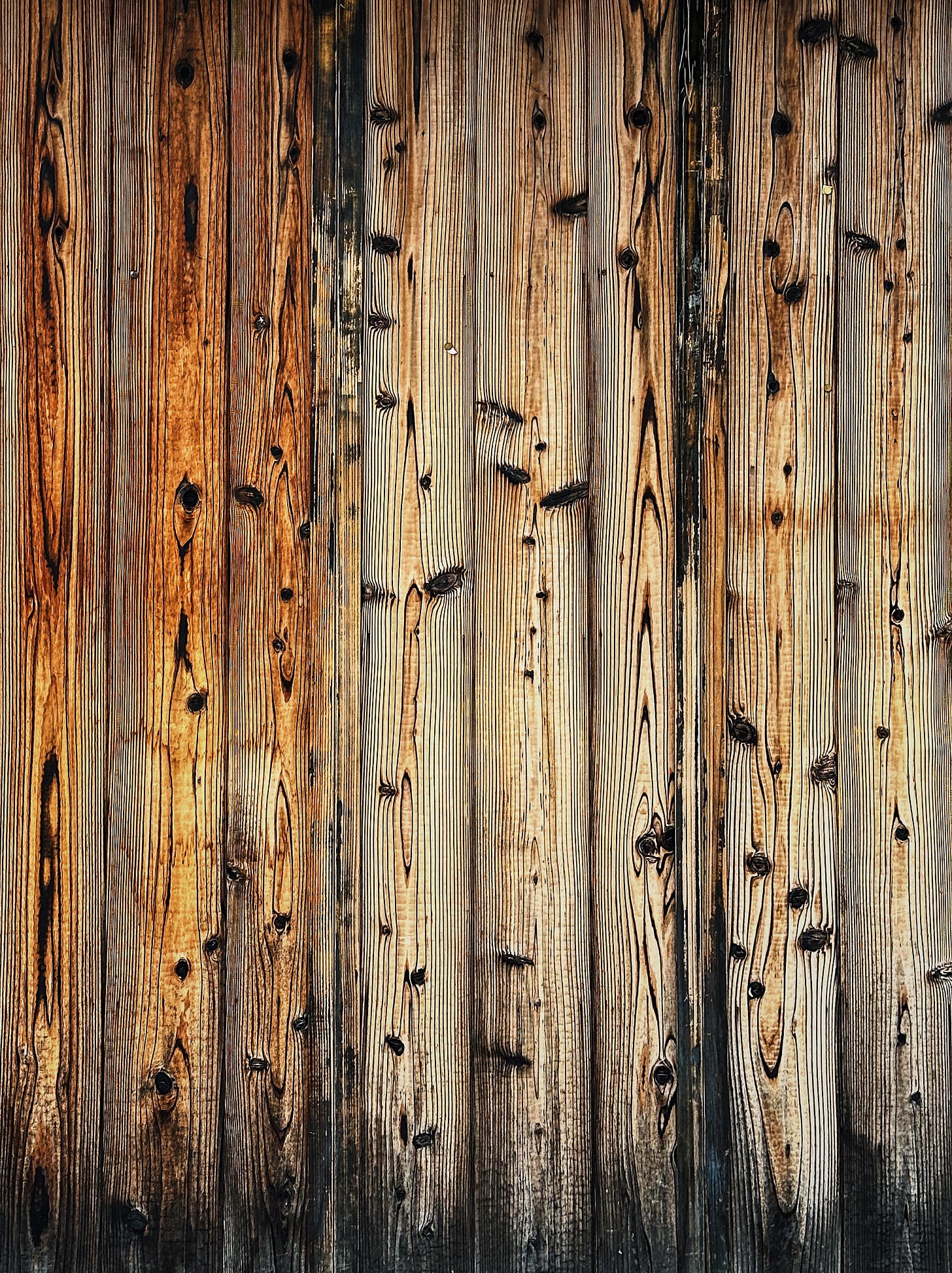The Sixth Farewell: Fabrics of a lost culture
The opportunity to touch history is not something that falls to us often. History is so removed for most that the thought of touching it is never really on our agenda. The act of touch, to have something in our hands that has gathered time, like dust, it is one of life’s purest pleasures. It is so often the most overlooked dimension of travel, I sometimes think, the tactility of a foreign culture. How do we know someone without ever being able to hold them, to feel the textures of their being? *** After marveling at Ainu and other non-cotton textiles for months in one museum after another, framed away behind glass, untouchable, I wished I could find a way to bridge that distance. To hold and feel the weight of the fabric, the texture, the scent and the ingenuity, to discover the warp and weft of history. A robe woven from the bark of the Elm tree, thin like a breeze. Natural beige from the Wisteria vine, soft and welcoming. Swatches of fabric born of the linden tree, light but firm, self-aware. Ceremonial pieces made from the Kuzu vine, glimmering with resilience. Paper mulberry fabrics that told everyday stories. Each of them many decades old, some centuries old. To touch each of them, really, is to feel the immovability of an idea as the world transformed around it. *** The materiality of this afternoon, it was truly something, an education. I scribble these words hastily, standing at a bus stop surrounded by school bags and navy blue blazers, but I’ll return to this often and more intensely. Every farewell is a beginning, but this one feels like an especially powerful start of something. *** I was aware of how challenging this particular farewell would be to experience, given the rarity of the objects themselves. But Japan has been extraordinarily kind to me, so kind that I will never understand what I’ve done to deserve it. Thank god for interesting friends. Thank you, Kei San, for the education.


